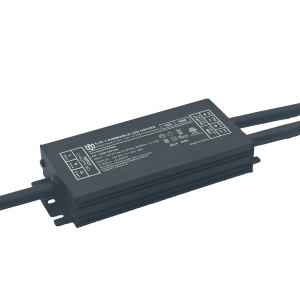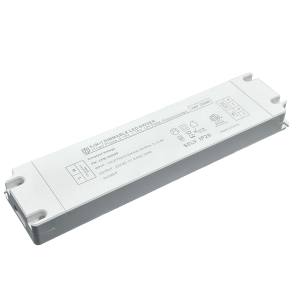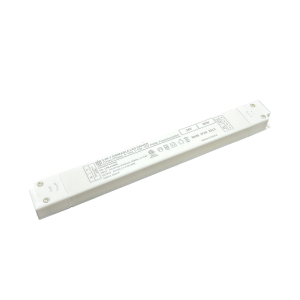Exploring the Endless Possibilities of Triac Dimmable Power Supplies: Wide Applications from Industrial to Residential
Pioneering Precision in Industrial Automation
Triac dimmable power supplies have redefined control mechanisms on factory floors worldwide. Their pulse-width modulation capabilities enable seamless adjustment of motor speeds in conveyor systems while maintaining sub-millisecond response times critical for robotic assembly lines. Unlike traditional ON/OFF switches, these intelligent units allow granular power delivery—reducing wear on electromechanical components by up to 40% according to IEEE studies. Heavy machinery operators now benefit from vibration-damped startup sequences that extend equipment lifespan significantly.
Illuminating Residential Spaces Intelligently
Beyond commercial use cases, household adoption rates surge as homeowners embrace customizable ambient environments. Modern living rooms transform dynamically through app-controlled dimming curves synced with circadian rhythms; kitchen undercounter LED strips transition automatically between task lighting (95% brightness) and mood settings (30%). Case studies show retrofitting existing fixtures with triac-compatible drivers cuts average household energy bills by £120 annually without compromising lumen output quality. Crucially, universal compatibility with leading edge/trailing edge dimmers eliminates costly whole-home rewiring projects.
Architectural Integration Made Effortless
Urban planners increasingly specify triac systems for smart building projects due to their compact form factors and DIN-rail mountability. Hospital operating theaters utilize medical-grade versions featuring galvanic isolation for patient safety during fluoroscopic procedures. Museum curators appreciate flicker-free operation below 0.1Hz frequencies when displaying priceless artworks under variable natural light conditions. Even hospitality sectors leverage themed lighting scenarios programmed via DMX protocols—creating immersive dining experiences aligned with culinary course transitions.
Driving Sustainability Through Adaptive Management

Environmental impact assessments reveal compelling advantages over fixed-output alternatives. Laboratory tests demonstrate 28% lower CO₂ emissions when paired with photovoltaic arrays due to real-time load matching. Facilities managers report 19% reductions in peak demand charges after implementing phased equipment activation schedules managed by triac controllers. Notably, their inherent soft-start functionality minimizes inrush current spikes—preventing tripped breakers in renewable hybrid systems where grid stability remains delicate.
Future-Proofing Through Protocol Interoperability
Forward-looking manufacturers now embed KNX/EIB bus connectivity directly into PCB designs alongside Bluetooth Low Energy modules. This dual-path communication enables both centralized BMS integration and decentralized user controls via mobile apps. Emerging standards like Matter promise cross-vendor ecosystem compatibility soon, positioning triac supplies as foundational nodes in Internet of Things architectures. Early adopters already monitor power quality metrics (THD<5%) remotely while receiving predictive maintenance alerts based on usage pattern analytics.
Bridging Analog Heritage with Digital Innovation
What truly distinguishes modern triac solutions is their ability to harmonize legacy infrastructure with cutting-edge requirements. Retrofitting vintage neon signs or historic chandeliers becomes feasible through programmable ramp rates preventing thermal shock damage. Simultaneously, developers exploit microcontroller interfaces to create geolocation-aware streetlight networks adjusting intensity based on pedestrian traffic density mapped via AI algorithms. This unique duality ensures relevance across centuries-old installations and tomorrow's smart cities alike.
 A New Benchmark in Energy Sav
A New Benchmark in Energy Sav
 The Future Outlook for Triac
The Future Outlook for Triac
 The Application Advantages of
The Application Advantages of
 Innovative Design + Outstandi
Innovative Design + Outstandi
